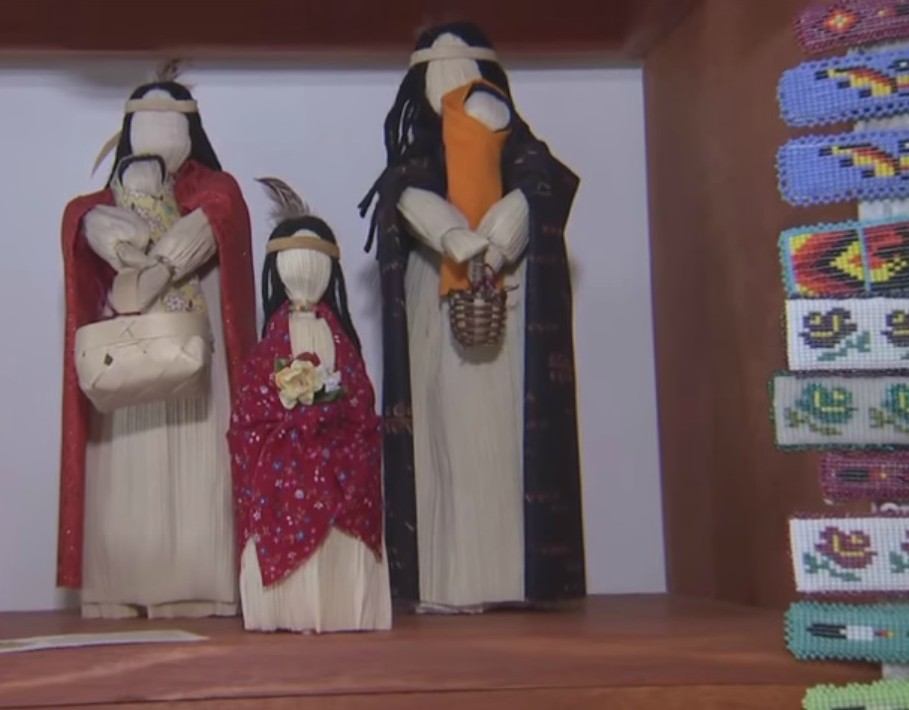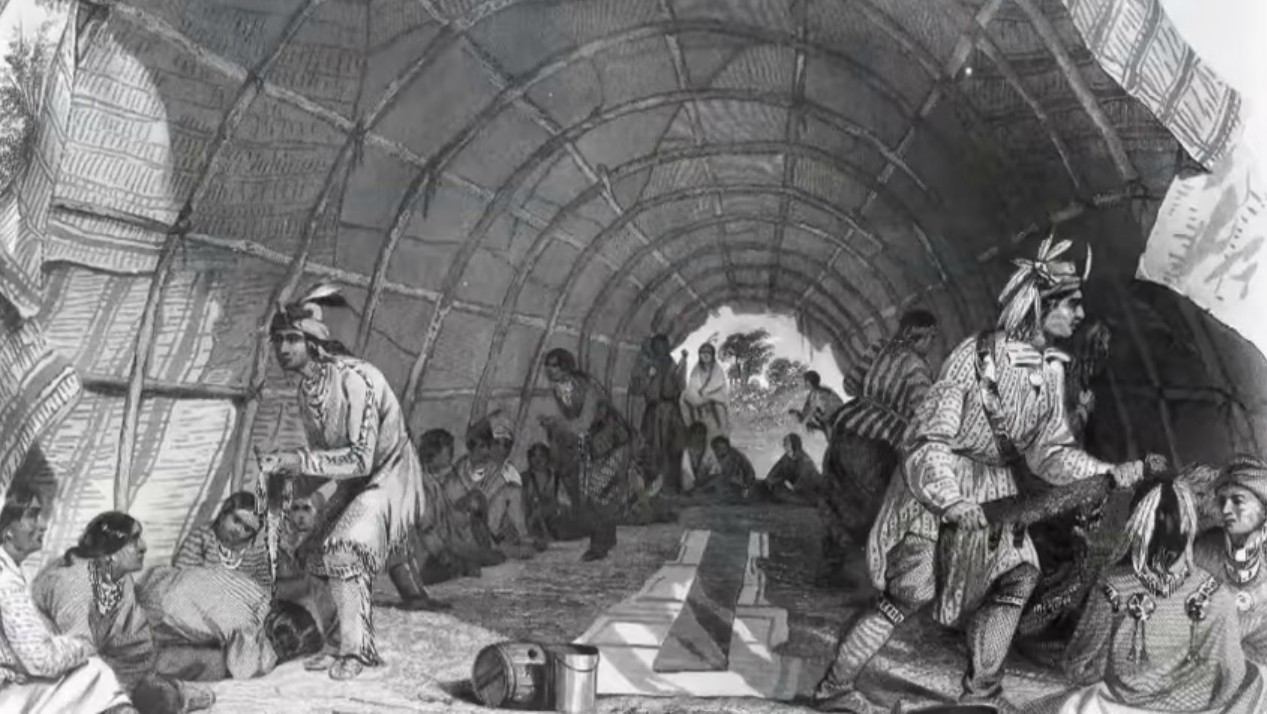Hidden Gems
Hidden Gems of Wisconsin: Discovering Tribal Lands
 The state of Wisconsin is known for its cheese, its football teams—the Green Bay Packers and my Alma Mater, the University of Wisconsin Badgers—and did I mention cheese? But what Wisconsin is not well known for is so much a part of what Wisconsin IS. I’m talking about Native American culture.
The state of Wisconsin is known for its cheese, its football teams—the Green Bay Packers and my Alma Mater, the University of Wisconsin Badgers—and did I mention cheese? But what Wisconsin is not well known for is so much a part of what Wisconsin IS. I’m talking about Native American culture.
Consider this: Eleven separate Native American tribes, each its own sovereign nation, live inside the state of Wisconsin. On these native lands there are hidden gems most travelers never get to see—because they don’t know where to look. These are special destinations and experiences, ranging from vast wilderness to ancient Native American architecture.
Community Gatherings
Each nation has its own unique history, and offers cultural and recreational experiences that are often under the radar to most travelers—even though they’re easily accessible. My advice? The best way to get a feel for each of Wisconsin’s nations is to pow wow with them.
I’m not talking about a Pow Wow show for tourists. I’m talking about a community gathering like the Bear River Pow Wow in Lac du Flambeau.
A gathering of communities from across the state, the Pow Wow is a chance for tribes to celebrate and honor one another. It’s also a great opportunity to take a look at the musical, dress, and dance styles from around the state—from something called fancy shawl dancers, to jingle dancers. And since these gatherings are open to the public, you can jump in and learn a few steps yourself.
Exploring the Outdoors
In Wisconsin, some of the state’s most beautiful land is on Native American reservations. These reservations occupy more than 500,000 acres of the state, and much of this land is open to visitors.
One place you need to stop is the Red Cliff Reservation near Bayfield. If you’re like me, you’ll find any excuse to get on a boat, and Red Cliff has plenty of opportunities to get into the water, since it’s at the mouth of Lake Superior.
But don’t just take a kayak tour—paddle out in a traditional Chippewa canoe. These long-nosed boats are the descendants of birch bark canoes used by the Red Cliff Chippewa, and later, French fur traders.
If you want to explore by boat even more, you can head to Sand Island, just off Frog Bay Tribal National Park. Centuries of wave action, freezing, and thawing have sculpted the sandstone shorelines of Sand Island into amazing formations.
Nature has carved delicate arches and chambers that you can explore. It can take some maneuvering to get into the caves’ deepest recesses, but once inside it’s an experience you won’t soon forget.
Tribal Arts
Now what do most tourists do when they travel around the United States? I know what you do—you buy souvenirs. And most of them aren’t even made in the United States.
In Wisconsin, you’re in for a treat. Because you can enjoy one of a dozen Native American arts classes and make your own. One item you can make is a cornhusk doll.
Now you don’t have to be an expert to join in one of these classes from the Oneida Nation Arts Program in Green Bay. Anyone can join in and learn how to make cornhusk dolls, which the Oneida have been making for generations.
For another take on tribal arts, travel to Lac du Flambeau. One place you can stop there is the Woodland Indian Art Center. The Center has year-round art classes where locals and visitors can learn how to make beautiful and functional Native American objects.
Skills like birch bark basket weaving and beading, which would otherwise be lost, are kept alive through these classes. The knowledge you earn is a souvenir definitely worth bringing back home.
Native Animals & Cuisine
You may think that eating organic and buying local is a relatively new trend, but the tribal people of Wisconsin have been doing it for centuries. It’s truly an unexpected surprise. When you think Wisconsin, you think cows, you think cheese. You probably don’t think buffalo—but there are 150 of them at the Oneida Nation Farm in Green Bay.
But you do need to exercise caution when you’re around the buffalo. For those of you less adventurous, you can still watch the buffalo roam from a safe distance away.
Wisconsin natives have been cultivating wild rice for hundreds of years – and the process continues largely unchanged to this day. The Menominee nation is especially known for wild ricing. In fact, Menominee means “wild rice people.”
Now you can’t harvest wild rice yourself—you need a permit for that. But you can see how the rice is processed before being cooked. This tradition has been passed down from generation to generation.
Architecture
What do the words Native American architecture mean to you? If you’re just thinking teepee, well, you’re just scratching the surface.
See, tribes like the Oneida built sophisticated structures that can still be found today right here in Wisconsin. Not only are they open, you can go right inside.
Here’s a fact you might not know. Many of the tribes in Wisconsin are originally from other parts of the country. When they moved, they brought along their local architecture, such as the longhouse.
According to Michelle Danforth of the Oneida Nation, “The Oneidas came to Wisconsin in the 1820s. We still have some structures that are Longhouses, but this is a small one compared to the ones they lived in in Rochester. They even did an archaeological dig there where they found a longhouse that was the length of a football field.”
From incredible natural resources like the Menominee forest, to Channa Lake, to immersive cultural experience you won’t find anywhere else, these are my Hidden Gems of Wisconsin.
Want to see more exclusive clips from season two of The Travel Detective? Check out:
- The Invisibles: The People You Don’t See in the Travel Service Industry
- Hotel With A Past: Corinthia Hotel London
- Hidden Gems of Aruba: Eco-Adventures and Distinct Cuisine
By Peter Greenberg for PeterGreenberg.com













